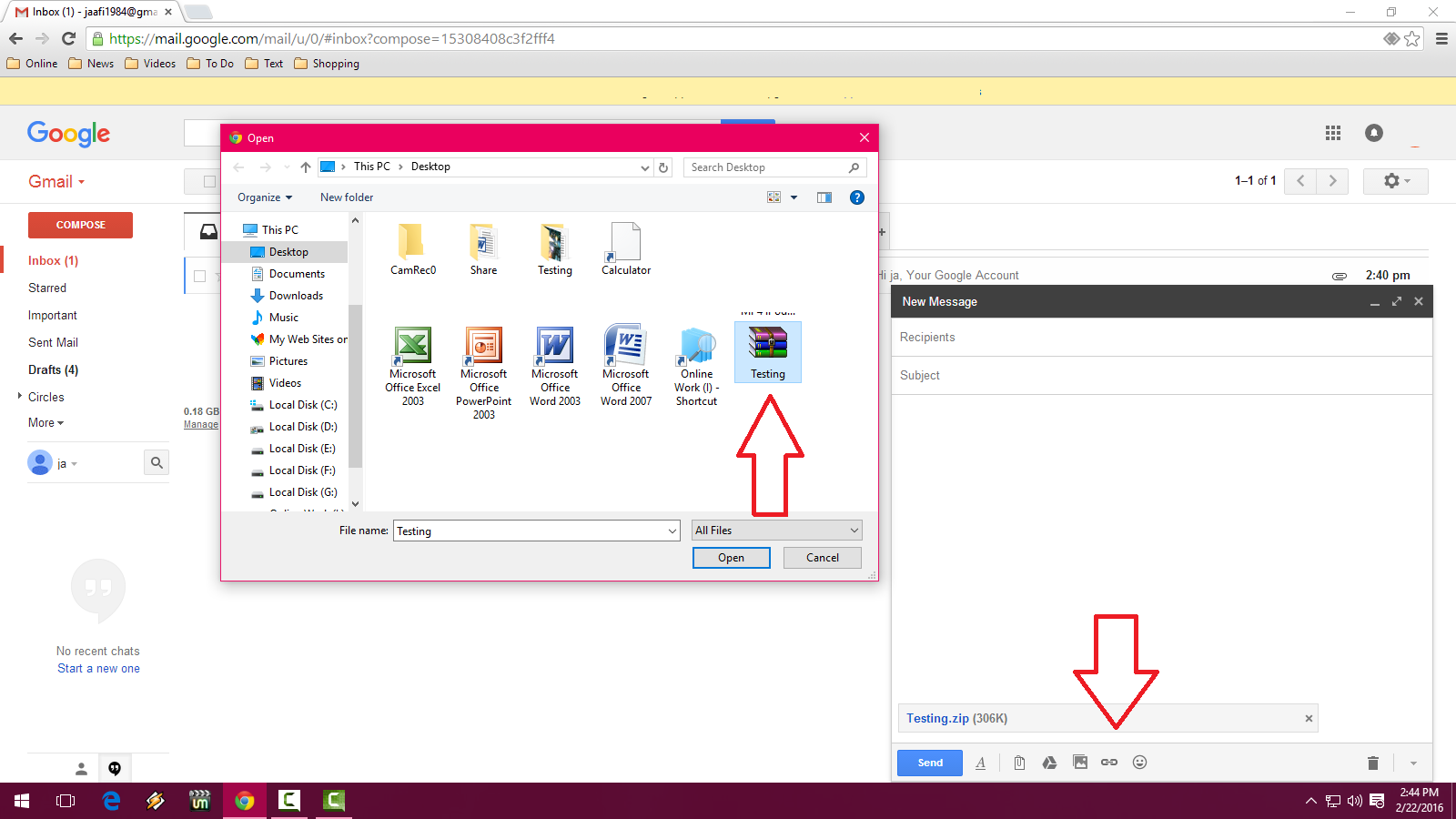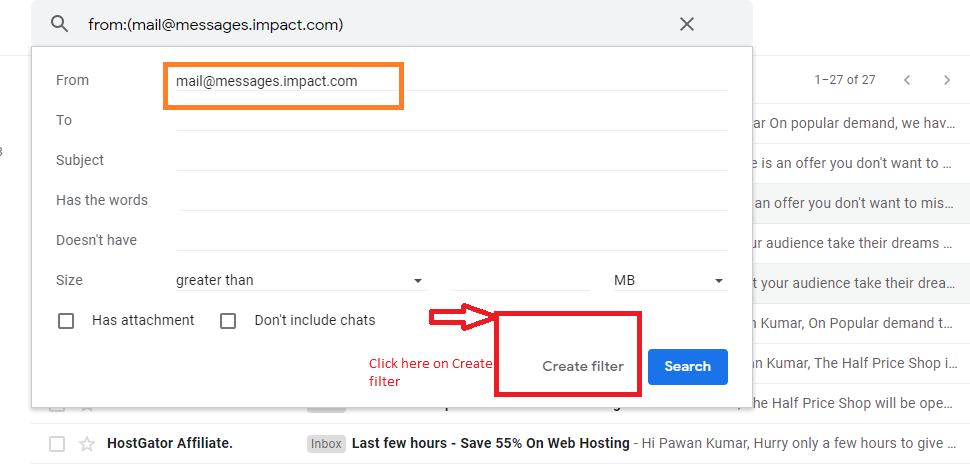

Once you create a new label within Gmail, it'll always show up as an option in the future. Once you're done, simply hit Enter, and Gmail will create the label for you and apply it to the message. On the Gmail desktop website, the easiest way to create a label is to click the label icon in the toolbar at the top of the screen when you're viewing a message or when you've selected something from a message list - then start typing whatever name you want to use for the label. You could label the reports from your personal website as "Web Reports," too, and then add a second label of either "Work" or "Personal" onto every message to create a distinction between the two types. So, for instance, if you keep tabs on stats for your company's website, you might label all incoming emails from Google Analytics as "Web Reports." But maybe you also have your own personal website for which you receive Analytics updates. JR Raphael/IDGĪny labels associated with an email will show up both in your inbox and when viewing the message in full. What it means is that a message doesn't have to be associated with only one label, as is typically the case with folders rather, you can apply as many labels as you want to any message, and each one ends up acting like a sticker - a label, one might even say! - that sits atop the email along with any other labels you've applied. That subtle-seeming distinction is actually quite significant. Use Gmail labels like super-folders for categorizing your emailįirst, the most basic Gmail label mindset to master: You can think of a label like a folder - but with an important twist: Instead of a message being placed into a label, the label is placed onto the message. Think through these nine label-centric possibilities and get ready to see Gmail's labels in a whole new light.


That, however, is just one small part of their inbox-organizing power. It's a strange concept to wrap your head around at first, especially if you're used to the more typical folder-based method of inbox organization, but here's a little secret: Labels actually are folders, in a sense. There's no better example than Gmail's label system.


 0 kommentar(er)
0 kommentar(er)
